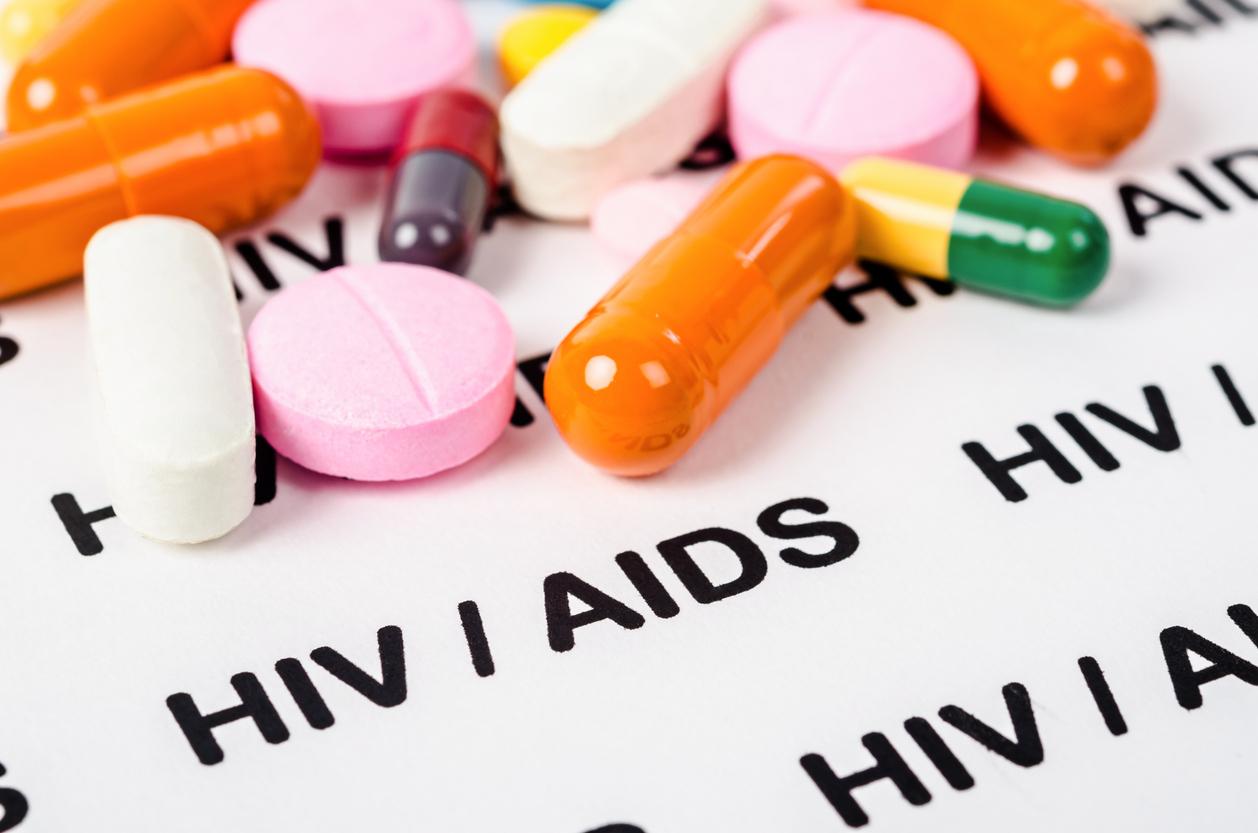The study carried out by researchers at the Doherty Institute in Melbourne (Australia) and published in the Lancet offers real hope for being able, one day perhaps, to eradicate the AIDS. Scientists have studied the effectiveness of a drug already on the market but for a completely different use: disulfiram (or depending on the country, Antabuse, Esperal …). Normally, it is used against alcoholism since its mechanism of action allows it to inhibit an enzyme necessary for the elimination of alcohol.
To study its effectiveness in AIDS patients, they recruited 30 people on antiretroviral therapy who received increasing doses of disulfiram over a three-day period.
“At the highest dose, stimulation of dormant HIV with no adverse effects on patients was achieved,” said Sharon Lewin, director of the Doherty Institute.
In fact, it turns out that disulfiram would “wake up” the virus dormant in the infected body, thereby destroying it and the cells that harbor it. In addition, it would have no side effects. In the long term, it could perhaps contribute to the elimination of the seropositive in treated.
“Waking up the dormant virus is a promising strategy for ridding patients of HIV. But “waking up the virus is only the first step in eliminating it,” said Julian Elliot, director of clinical research in the infectious disease department at Alfred Hospital in Melbourne (Australia), author of the study. “Now we have to work on how to get rid of the infected cells,” he adds.
Fighting disease, a public health issue
An essential discovery to fight this disease, because if today antiretrovirals are effective in reducing the risk of HIV infection in HIV-negative people, each year more than 6,000 new HIV infections are discovered in France. People are mainly infected through sexual intercourse. The National Institute for Public Health Surveillance (INVS) estimates that 30,000 to 40,000 people are unaware that they are HIV positive. According to the World Health Organization, with more than 34 million deaths to date, AIDS continues to be a major public health problem. At the end of 2014, there were an estimated 36.9 million people living with HIV.
Read also:
AIDS: Truvada received a favorable opinion as a preventive treatment
HIV: how does it work in the body?
HIV: being a woman and living with AIDS


















